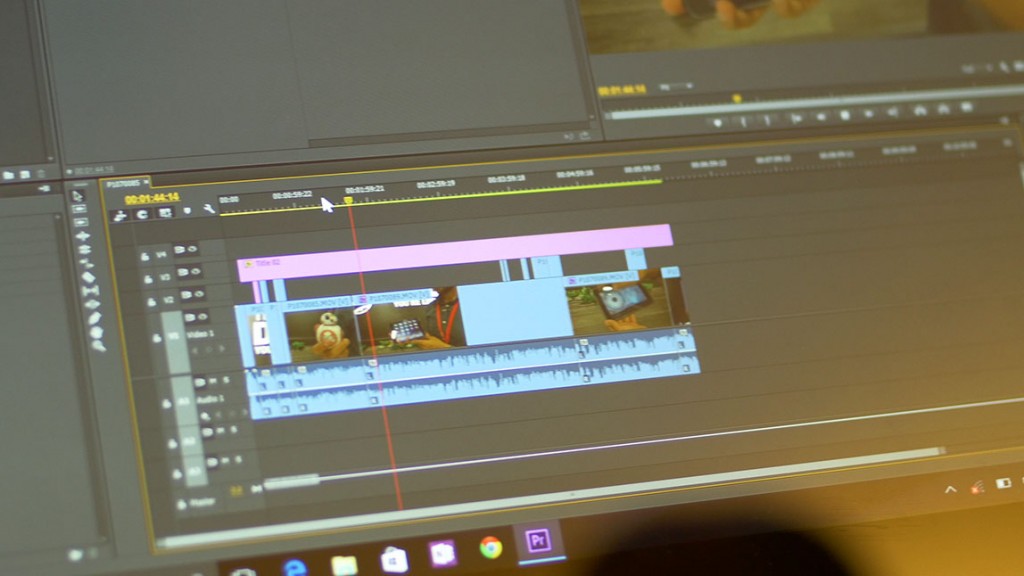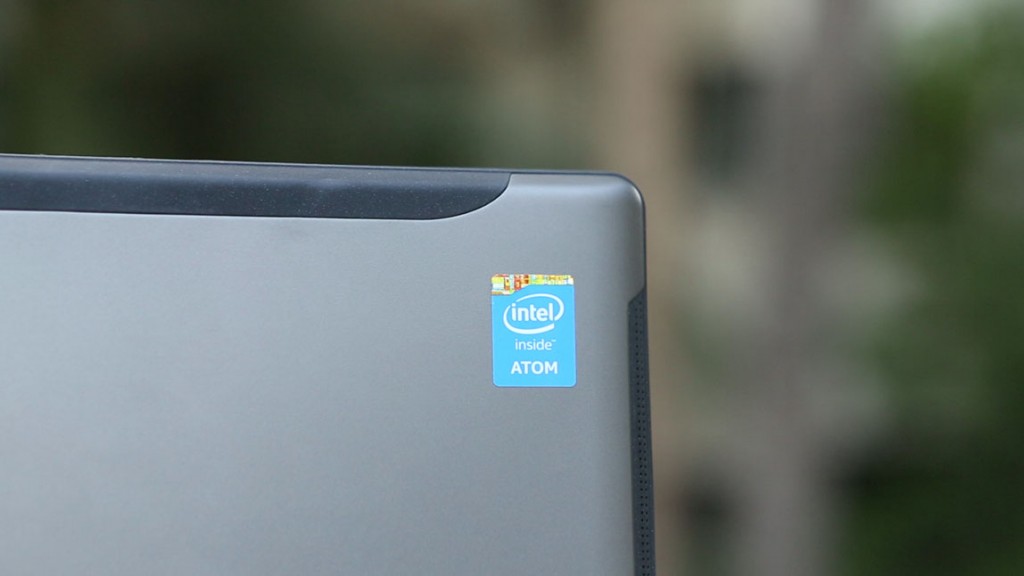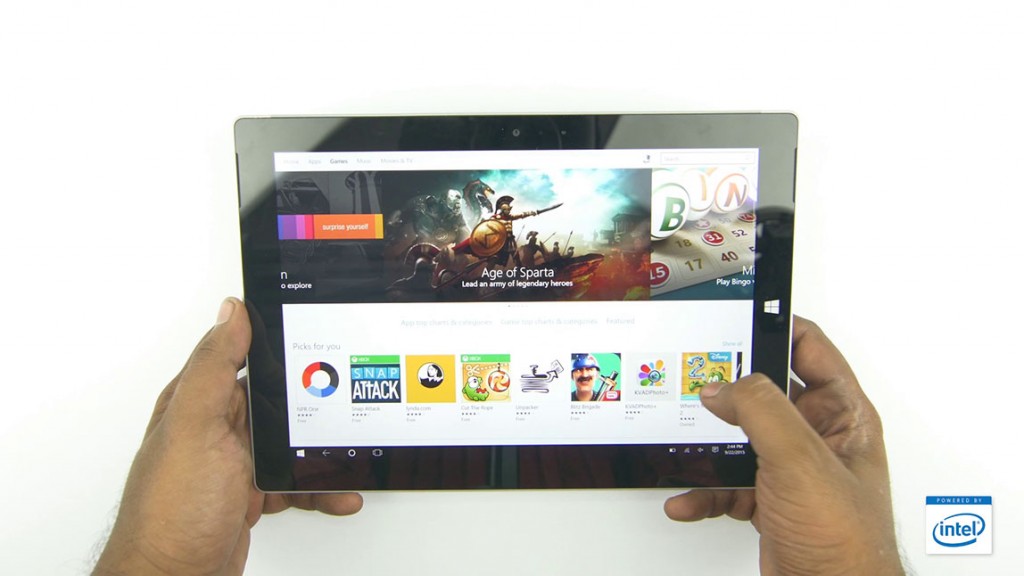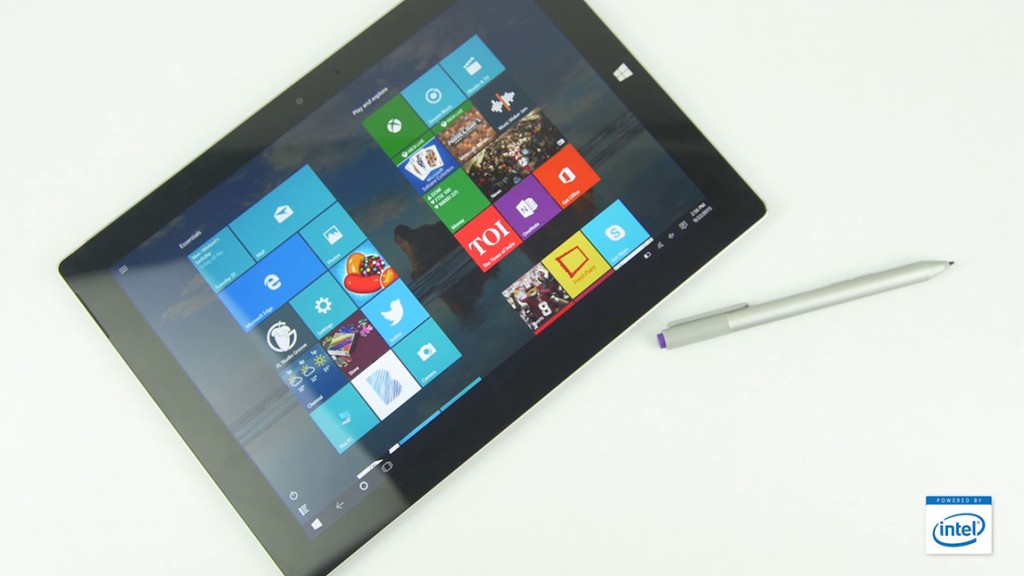 Laptops and 2-in-1s are not so different, especially when the latter is meant to act like a laptop when necessary, but this “when necessary” is the part that makes 2in1s subtly different and puts them in an evolutionary perspective. Both serve the same purpose – on the go computing, but how do they differ and which one should you go for? Let’s find out.
Laptops and 2-in-1s are not so different, especially when the latter is meant to act like a laptop when necessary, but this “when necessary” is the part that makes 2in1s subtly different and puts them in an evolutionary perspective. Both serve the same purpose – on the go computing, but how do they differ and which one should you go for? Let’s find out.
httpv://www.youtube.com/watch?v=fiMH5I5ZCm8
When it comes to 2in1s vs laptop, two important needs of on the go computing come into play, first is versatility. 2-in-1s are all about versatility. As we had seen earlier, they can transform between the “laptop” mode and the “tablet” mode with ease, for work and play scenarios respectively. This makes them versatile for a number of use cases, but here are two important factors why this versatility stands out vs laptops.
Performance  Don’t be fooled by the size of 2 in 1 devices. Although they are compact in terms of physical size and form factor, they actually pack quite a punch. The 2 in 1s that are powered by the new 6th-generation Intel® Core™ M processors provide upto 20% faster performance* and 40% better graphics** compared to previous laptops.
Don’t be fooled by the size of 2 in 1 devices. Although they are compact in terms of physical size and form factor, they actually pack quite a punch. The 2 in 1s that are powered by the new 6th-generation Intel® Core™ M processors provide upto 20% faster performance* and 40% better graphics** compared to previous laptops.
Battery Life  Being smaller also doesn’t mean they lose out on endurance either. In fact most 2 in 1s offer better battery life than most laptops. The 6th-generation Intel® Core™ M processors inside 2 in 1s can deliver upto 10 hours of battery life (Based on 36WHr)***. Although you could argue that the battery life will depend on usage patterns of users, this kind of battery life is hardly found on laptops.
Being smaller also doesn’t mean they lose out on endurance either. In fact most 2 in 1s offer better battery life than most laptops. The 6th-generation Intel® Core™ M processors inside 2 in 1s can deliver upto 10 hours of battery life (Based on 36WHr)***. Although you could argue that the battery life will depend on usage patterns of users, this kind of battery life is hardly found on laptops.
Instant On  The key to productivity is to be as efficient as possible and even though you might be the fastest person in your area of expertise, you might end up waiting for a long time for your computer to boot up or resume. 2 in 1s powered by 6th-generation Intel® Core™ M processors can boot up as fast as half a second (Based on Modern Standby)****. That means that in the time it takes for someone to switch on their conventional laptop, you would be done sending a couple of emails or typing out a few hundred words of text.
The key to productivity is to be as efficient as possible and even though you might be the fastest person in your area of expertise, you might end up waiting for a long time for your computer to boot up or resume. 2 in 1s powered by 6th-generation Intel® Core™ M processors can boot up as fast as half a second (Based on Modern Standby)****. That means that in the time it takes for someone to switch on their conventional laptop, you would be done sending a couple of emails or typing out a few hundred words of text.  Touchscreen + apps
Touchscreen + apps
All 2in1s have touchscreens, mainly to facilitate the tablet mode but a good side effect is the ability to use touch apps and games, on the go, sometimes exclusively. With a laptop you can never go touch-only and we think there are many good touch apps that make 2in1s more fun to use and of course, more versatile.  Pen input
Pen input
Thought not all 2in1s support it and styluses are not actually new to tablet PCs, the ability to have an extra layer of productivity on a 2in1 helps a lot, especially with tailored apps. When compared with laptops, 2in1s are at a big advantage that would interest a lot of creatives out there.  The second most important factor for on-the-go computing is, of course, portability. As on-the-go computing devices, 2in1s are almost always more portable than laptops. Two factors decide this –
The second most important factor for on-the-go computing is, of course, portability. As on-the-go computing devices, 2in1s are almost always more portable than laptops. Two factors decide this –
Weight  An average laptop weighs about 1.6 – 2 Kgs, while most 2in1s weigh about 1 – 1.2 Kgs, WITH the keyboard accessory. Take the Surface Pro 3 for example. The device weighs 800g without the type cover, which adds an additional 300g, so the total is just 1.1 Kilos.***** The smaller 2in1s weigh even lesser, like for example, the Surface 3 weighs 622g. So naturally, even with keyboard attachments, 2 in 1s are easier to carry around.
An average laptop weighs about 1.6 – 2 Kgs, while most 2in1s weigh about 1 – 1.2 Kgs, WITH the keyboard accessory. Take the Surface Pro 3 for example. The device weighs 800g without the type cover, which adds an additional 300g, so the total is just 1.1 Kilos.***** The smaller 2in1s weigh even lesser, like for example, the Surface 3 weighs 622g. So naturally, even with keyboard attachments, 2 in 1s are easier to carry around.
Display size  This might seem trivial but display size is a major aspect that affects portability. Since most laptops have screen sizes bigger than at least 13 inches, they require more space in your bags. A 2in1 usually has a 10 inch screen or maybe a 12 inch screen like the one on the Surface Pro 3, so this makes the footprint lesser than a conventional laptop, and of course, with the ability to remove the keyboard in many, the depth too is lesser.
This might seem trivial but display size is a major aspect that affects portability. Since most laptops have screen sizes bigger than at least 13 inches, they require more space in your bags. A 2in1 usually has a 10 inch screen or maybe a 12 inch screen like the one on the Surface Pro 3, so this makes the footprint lesser than a conventional laptop, and of course, with the ability to remove the keyboard in many, the depth too is lesser.  So, in terms of versatility and portability, the two main factors for on the go computing, 2in1s have an upper hand vs laptops. Sure, laptops are more powerful and sometimes make more sense, subjectively, but 2in1s seem like an evolutionary upgrade to portable computing. What do you think? Let us know in the comments section below.
So, in terms of versatility and portability, the two main factors for on the go computing, 2in1s have an upper hand vs laptops. Sure, laptops are more powerful and sometimes make more sense, subjectively, but 2in1s seem like an evolutionary upgrade to portable computing. What do you think? Let us know in the comments section below.
Do check out Intel’s website if you have any questions regarding 2 in 1s or their use cases!
Disclaimer: Intel® Atom processor specifications have been picked from Intel® official website.
Footnotes:
* Based on Intel® Core™ M processor-based 2 in 1, code named Llama Mountain. Old PC is OEM system with Intel® Core™ i5-520UM and 62 WHr battery, 3 lbs weight.
** Measured using 3DMark Ice Storm 1.2 Unlimited – a 3D graphics benchmark that measures 3D gaming performance. Find out more at www.futuremark.com.
*** Video Battery Life Rundown (in minutes) as measured by Tears of Steel, 1080p, 23.976fps, H.264, 3000kbps, rev1.mp4 >/=200nit, DPST=ON, no dimming, balanced, Wi-Fi connected.
**** Faster Resume workload consists of time to resume from standby based on OEM implementation of Windows® 10 Modern Standby on a 6th Gen Intel® Core™ processors. ***** Based on Microsoft Surface 3 Specs Sheet
